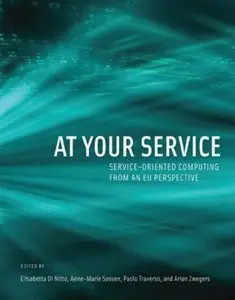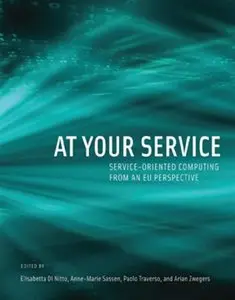Elisabetta Di Nitto, Paolo Traverso, "At Your Service: Service-Oriented Computing from an EU Perspective"
2009 | ISBN-10: 0262042533 | 576 pages | PDF | 9,7 MB
2009 | ISBN-10: 0262042533 | 576 pages | PDF | 9,7 MB
Service-Oriented Applications and Architectures (SOAs) have captured the interest of industry as a way to support business-to-business interaction, and the SOA market grew by $4.9 billion in 2005. SOAs and in particular service-oriented computing (SOC) represent a promising approach in the development of adaptive distributed systems. With SOC, applications can open themselves to services offered by third parties and accessed through standard, well-defined interfaces. The binding between the applications and the services can be, in this context, extremely loose–enabling the ad hoc creation of new services when the need arises. This book offers an overview of some current research in the field, presenting the results of eighteen research projects funded by the European Community's Information Society Technologies Program (IST). The projects, collaborations between industry and academia, have produced practical, achievable results that point the way to real-world applications and future research. The chapters address such issues as requirement analysis, design, governance, interoperability, and the dependability of systems made up of components owned by third parties. The results are presented in the context of two roadmaps for research, one developed by European industry involved in software development and the other by researchers working in the service area. The contributors report first on the "Infrastructure Layer," then (in the bulk of the book) on the "Service Integration Layer," the "Semantic Layer," and finally on the issues that cut across the different layers. The book concludes by looking at ongoing research on both roadmaps.



